Edinburgh - A City of Scottish Charm and Fascination
![]()
As our explorations of Newcastle and the surrounding area came to an end, we began to look northward. Scotland beckoned! We boarded a train that took us from England into Scotland and arrived in Edinburgh's Haymarket station. We settled into a nice flat in Roseburn, just a short bus ride further west and prepared to explore this famous city.
Edinburgh's heart was just a short bus ride east. Here Edinburgh Castle perched on top of a towering basaltic crag, remnant of an extinct volcano. Royal Mile runs down from it along the crest of a narrow ridge, ending at the Palace of Holyrood House and the Scottish Parliament. Princes Street, the principle shopping street, runs parallel to the Royal Mile but below it and also on the opposite side of a ravine, once a loch, now a lovely greenspace. Surely, this was one of the most dramatic cityscapes we have ever seen!
For most all visitors, a visit to Edinburgh Castle is a must, and so it was for us as well.
Click here to read about our visit (opens in a new window)
After this dramatic introduction to Scotland, our next stop was the Tourist Office where we bought a handy pocket sized Lonely Planet Guide to the city with maps. Now we were ready, first to study and then to explore the rest of this great city! We soon realized that the two weeks we had to spend in Edinburgh would be totally inadequate for a real understanding of all that this city had to offer! Nevertheless, we soldiered on, enjoying every minute as we explored not only the "attractions" but also, the neighborhoods and the immediate surroundings.
We began at the bottom of Royal Mile with a visit to the Palace of Holyrood House. The amazing art collections here provided our first exposure to the royal history of Scotland. At the same time it is part of English royal history as it is the official residence of Queen Elizabeth when she is in Scotland. Unfortunately, no photos were allowed inside.
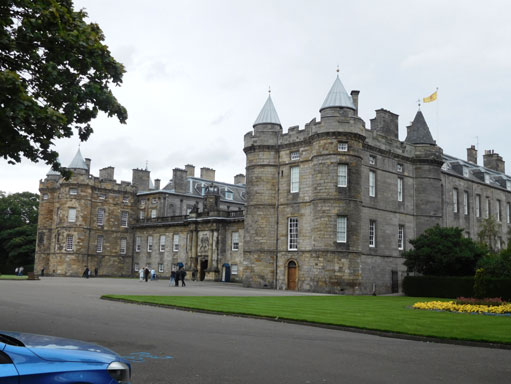
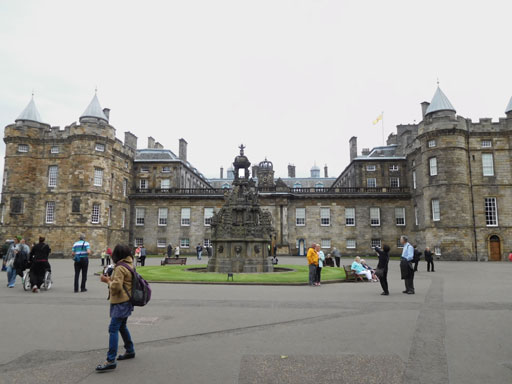
Alongside the Palace, the ruins of Holyrood Abbey stood haunting and austere, brightened by the lawns and flowers of the surrounding park and the rising slope of Arthur's Seat, another volcanic peak, beyond.
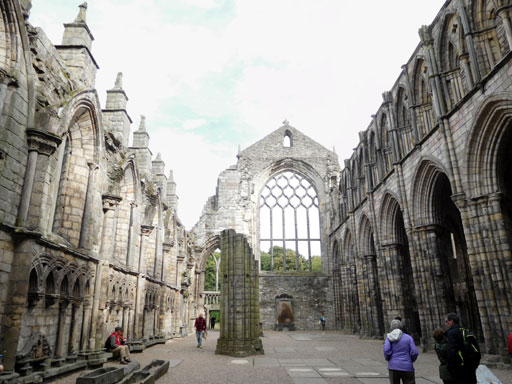
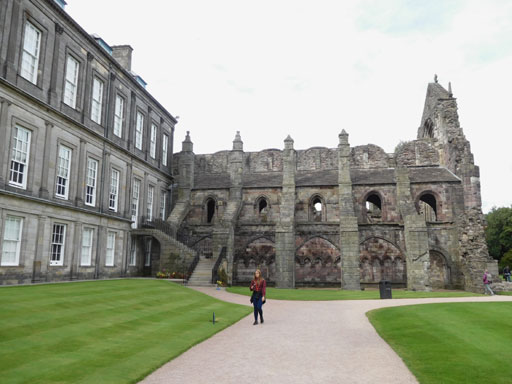
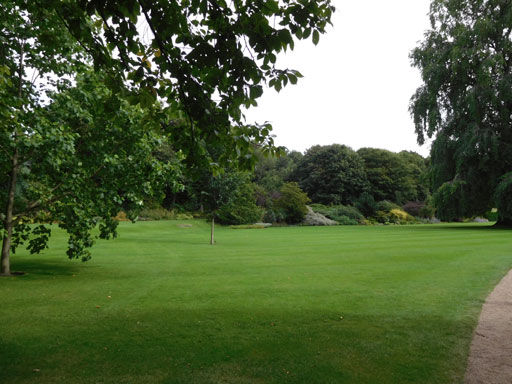
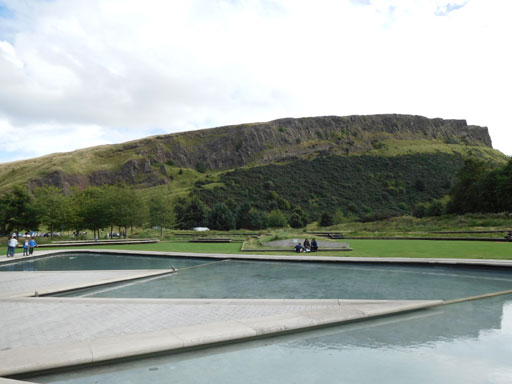
Just across the street, the Scottish Parliament provided a completely different architectural style! On another day, we toured this amazing place, both inside and out, further expanding our knowledge of the Scottish people and their history.
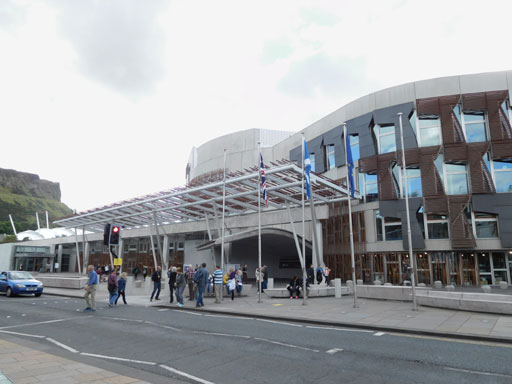
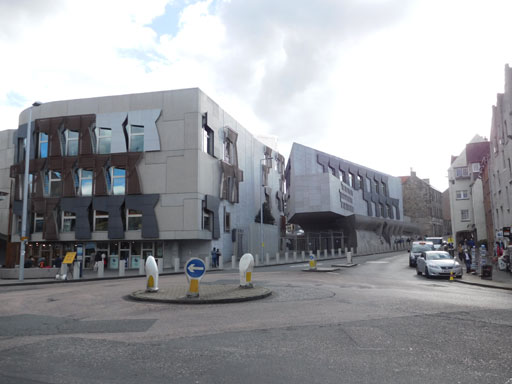
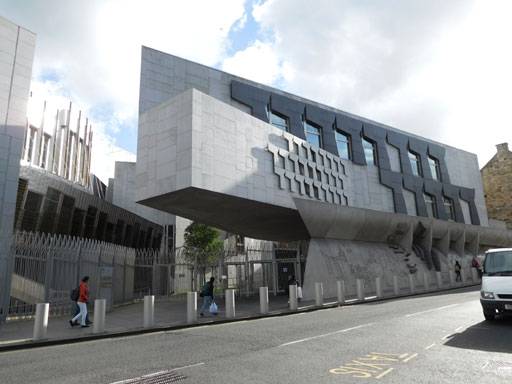
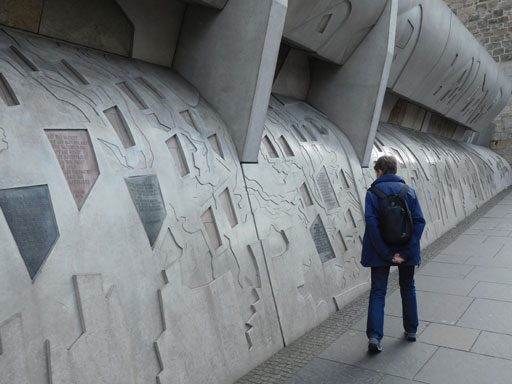
It was now becoming very clear to us that Scotland is really another country with its own special history, legends, cuisine, beliefs, politics and culture. We realized that in our US education system, Scotland was not well differentiated from England and that many of the prominent people from our 'English' history, were actually Scottish (Sir Walter Scott, Adam Smith, and Robert Lewis Stevenson to name a few). In more recent times, well known people, such as Sean Connery and Gordon Brown are Scottish, too.
With this insight, a visit to the Scottish Portrait Gallery enabled us to meet and learn the stories of Scottish people from around the world. In addition to the wonderful library and the gorgeous central gallery, of special interest were displays showing Scottish royal lineage beginning in the 1200s, on through Mary, Queen of Scots and James VI who became James I of England in 1566, and moving forward to the present Royal Family. We were pleased to find our knowledge of Scottish history increasing dramatically.
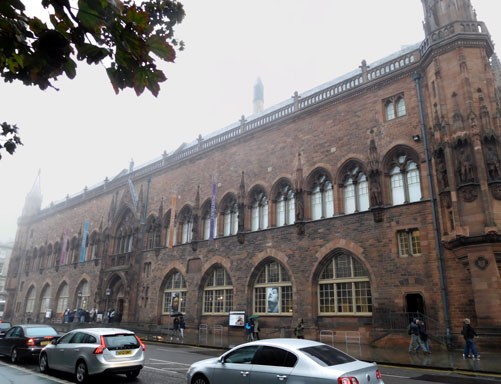
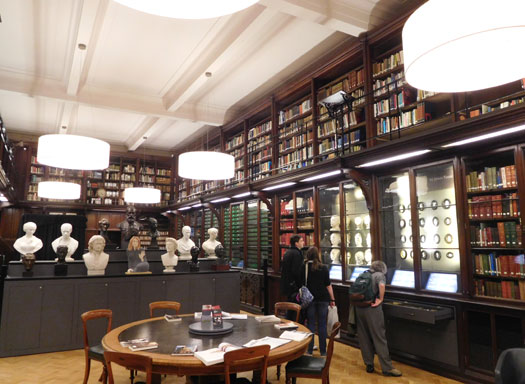
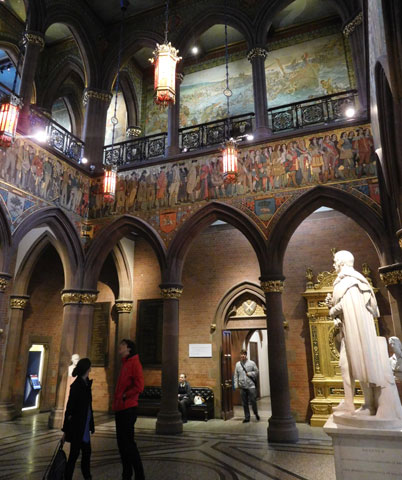
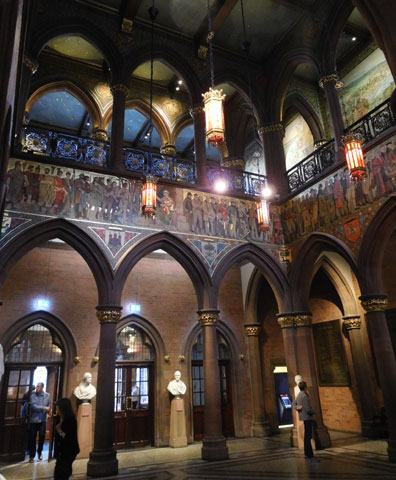
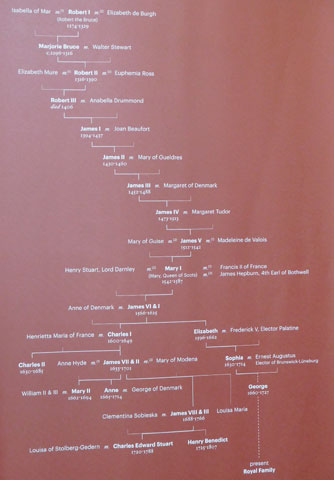
On another day, we visited the National Museum of Scotland, with it's historic original building and modern new addition. Inside, we found it packed with objects and documentation about everything Scottish. Of special interest was the lineage of Scottish royalty contemporary with the more well known (to us) English royalty. Before long, we were feeling completely boggled with so much new information to comprehend.
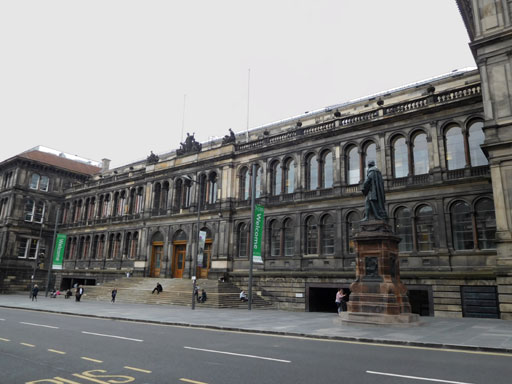
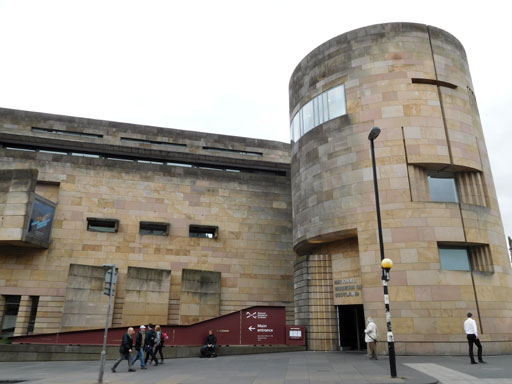
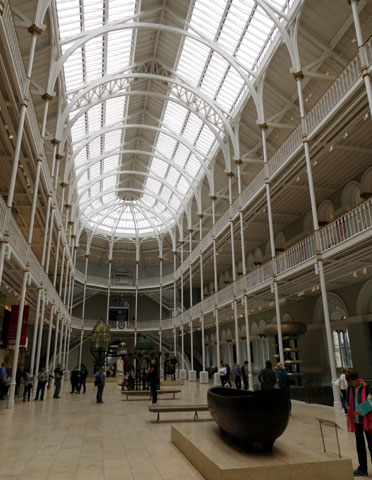
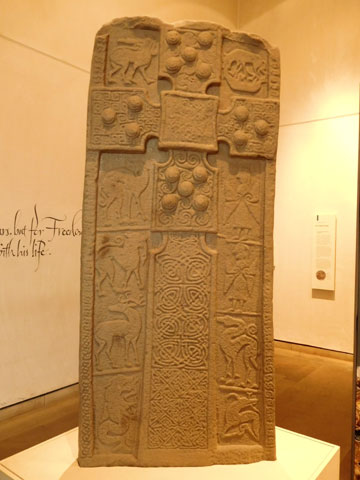
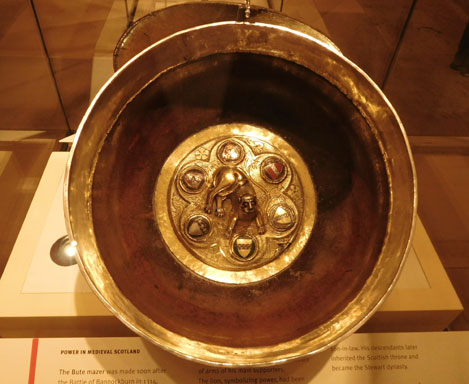
The Scottish National Gallery was filled with such a wondrous array of pictures and sculpture that many visits would be required to see everything.
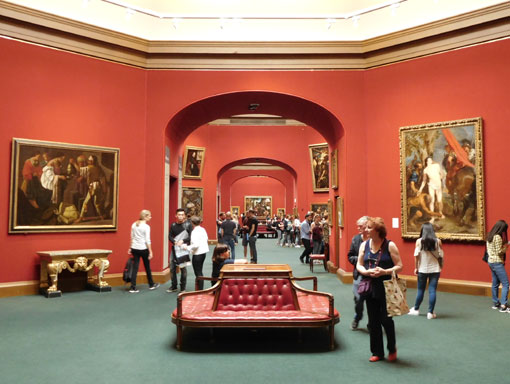
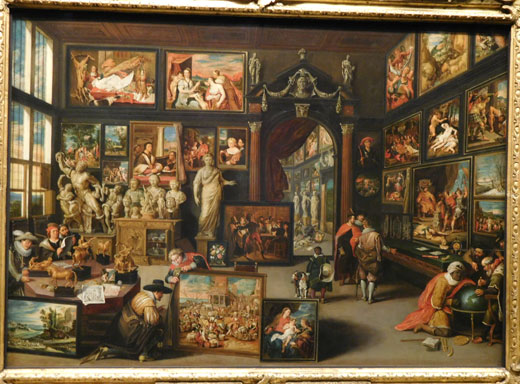
The Museum of Edinburgh, housed in a complex of historic buildings, offered us a maze of rooms packed full of iconic objects of all sorts. As urbanists, we especially appreciated the documentation about the planned development of the New Town. We learned that in the 1700s the city fathers decided that an expansion of the congested city beyond the medieval Old Town was essential for the city's continuing health, growth and vitality. The fields to the north of the Royal mile on the far side of Nor Loch (today's Princes Street Gardens) were acquired and a design competition announced. In response, James Craig, a young urban designer and architect created a plan for this major addition to the town in 1766. The plan was accepted after some revision and before long construction began. The grid of streets lined with neoclassical and Georgian architecture, and the squares at each end, offered a sharp contrast to the labyrinth of streets surrounding Royal Mile in the Old Town.
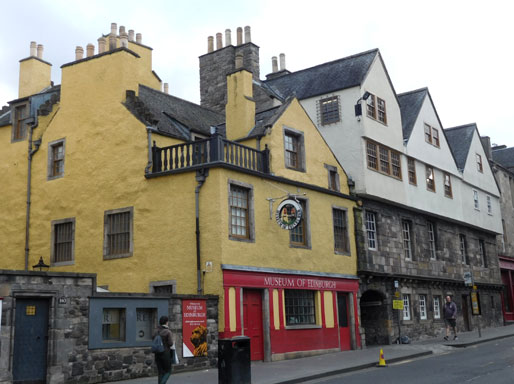
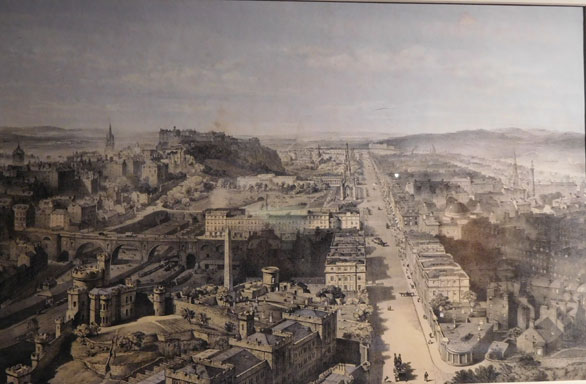
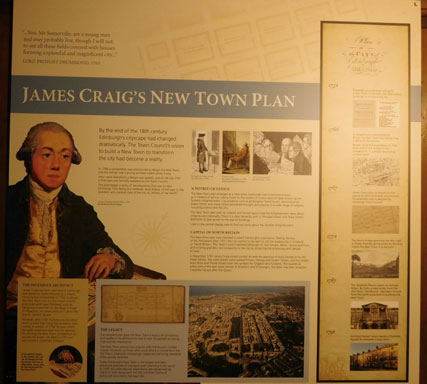
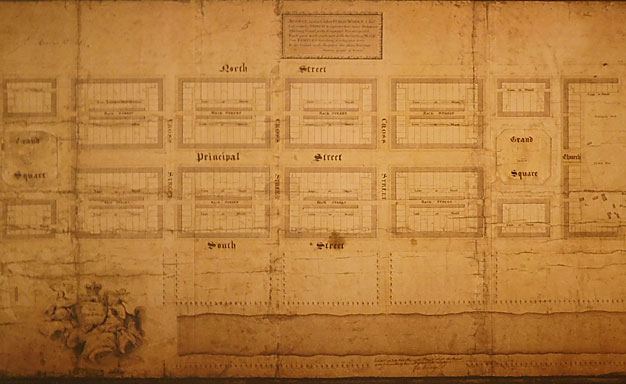
In between visits to museums we marveled at the wonderful sights Edinburgh is famous for
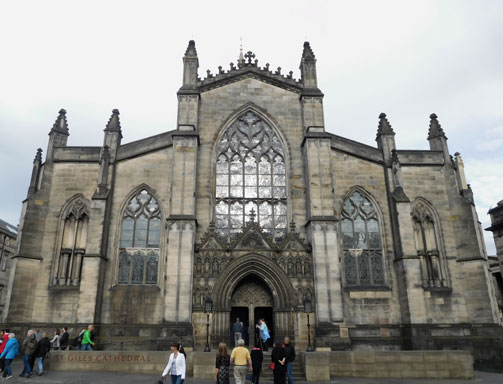
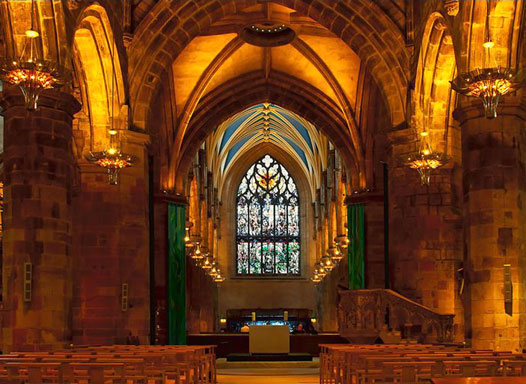
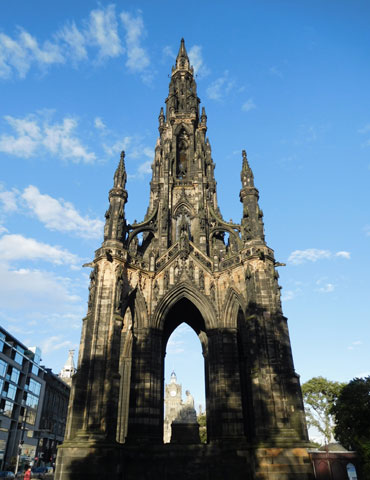
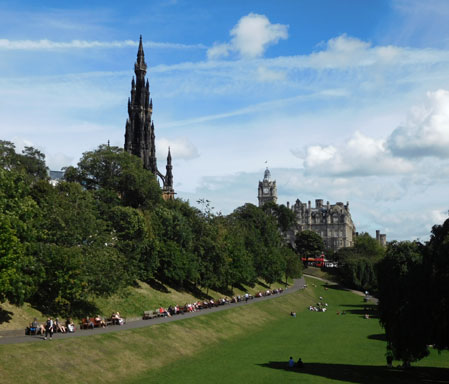

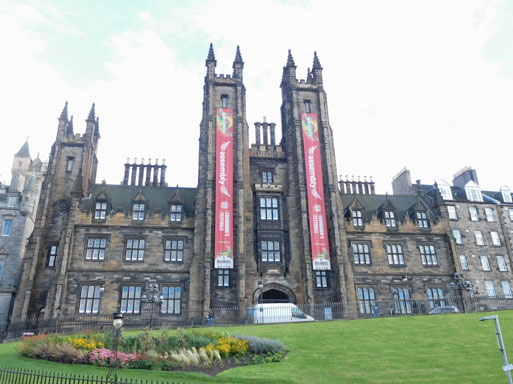
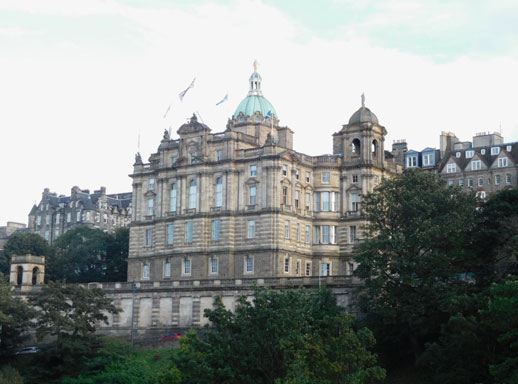
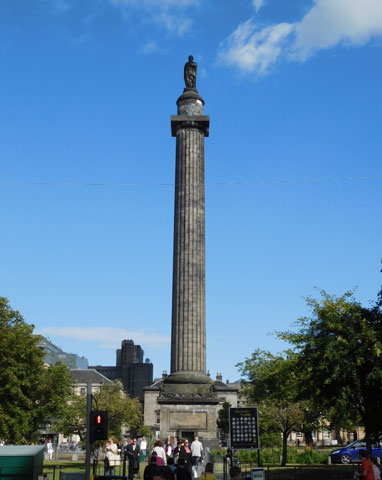
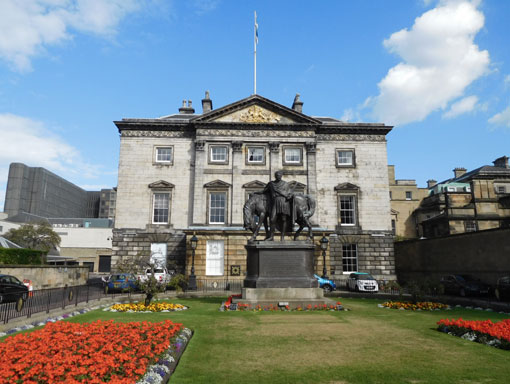
A Taste of Edinburgh Life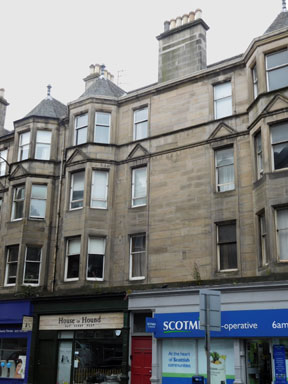
For our two week visit, we had arranged to stay in two flats, each in different neighborhoods. One was in Roseburn, west of the centre. It was roomy and nicely furnished but was on the third floor (4th floor US), a long walk up stairs (top floor above the House of Hound)! Along the street were pubs, a small food store, and other shops, but no cafes. Frequent buses provided transport to the city centre, a couple of kilometers away.
The other flat was in Leith, near the port north of the centre and a bus ride of three kilometers or so. Here, we had a library, food store, and several take-away food shops, but again no nearby cafes.
The nearby Port of Leith, on the Firth of Forth, was Edinburgh's vital trading link with the rest of the world. Once a more vibrant port as well as a fishing village, today, the old warehouses have become trendy cafes and bars plus loft apartments, new blocks of flats are being built, and a large shopping mall offers shopping pleasures enlivening the area.
One evening, our good friend, Alex, who we originally met in Durban, South Africa, invited us to visit him. We discovered that his neighborhood, Morningside, south of the centre, was quite pleasant with many shops, cafes, and pubs within easy walking distance.
As to mobility, the public transport system of buses and trams makes city travel easy and convenient. There are plenty of parks, including the well loved Princes Street Gardens and Arthurs Seat, to enable folks to remain connected to the natural world. A 20 kilometer walking and bicycle path along the Water of Leith offered a great green escape for long walks or rides.
Daytrips Out of the City
To the west, along the shore of the Firth of Forth, Queensferry is the first point narrow enough for a bridge. Currently, three bridges provide dramatic crossings, each an ingenious feat of engineering. The oldest, the Forth Bridge, appears to be a life sized erector set project, and is quite famous. Built from 1882-1890, it continues to carry rail traffic every day.
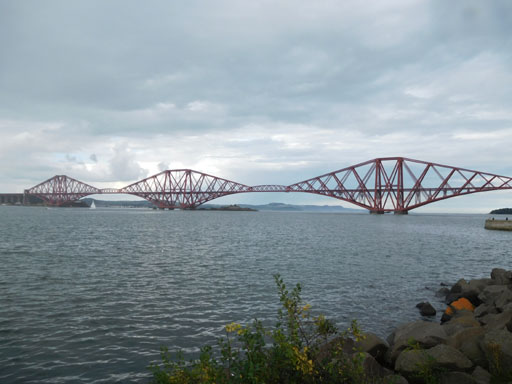
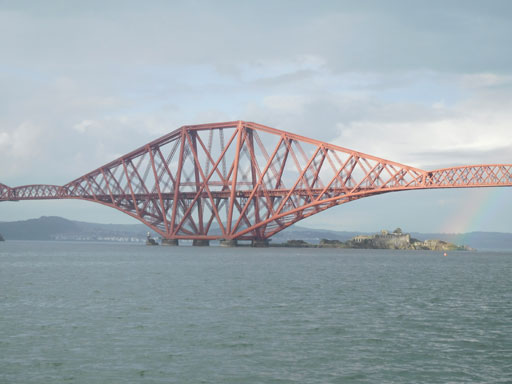
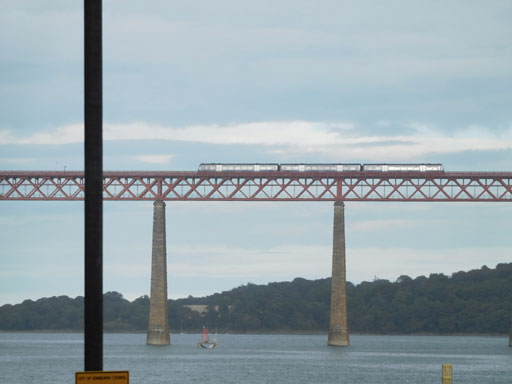
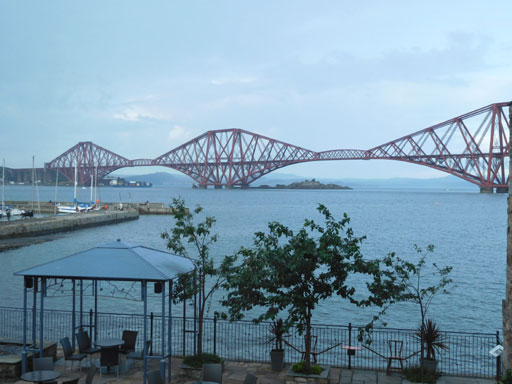
Nearby, just upstream, the Forth Road Bridge, a long span suspension bridge was built from 1958 to 1964 and carries 24 million vehicles annually. To our amazement, a third bridge, the Queensferry Crossing was under construction and nearly complete! The 1.7 miles (2.7 km) structure will be the longest three-tower, cable-stayed bridge in the world and also by far the largest to feature cables which cross mid-span. This innovative design provides extra strength and stiffness, allowing the towers and the deck to be more slender and elegant.
In the pictures below, the Forth Bridge is in the foreground and the almost completed Queensferry Crossing in the background - fascinating !
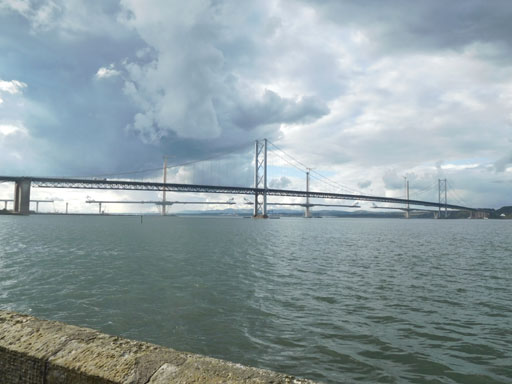

For more information on the Forth Bridges, visit http://forth-bridges.co.uk
Bridges are not the only engineering feat in the area! We traveled to Falkirk to experience yet another, the Falkirk Wheel. The 'Wheel' is a rotating boat lift connecting the Forth and Clyde Canal with the Union Canal and is part of the regeneration of the canal route connecting Glasgow and Edinburgh. The wheel opened in 2002 enabling canal boat traffic to resume for the first time since the canals were closed in 1933. Back then the trip required passage through eleven locks and took all day. Now there are still two locks but the boat lift takes about 30 minutes and requires much less work! We took the ride and were thrilled by the engineering and pleased by the views of the countryside.
We offer our photos of a boat entering on the lower level, four photos of the wheel turning and lifing the boat up 135 feet to the upper level, and finally the boat leaving the lift on the upper level.
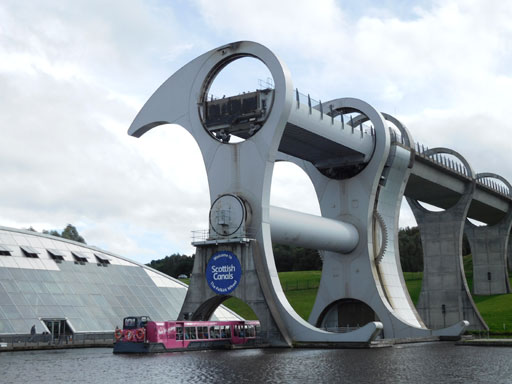
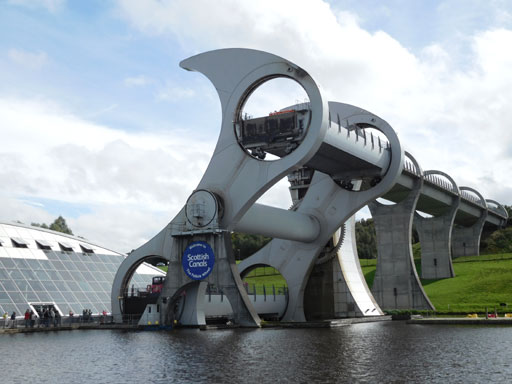
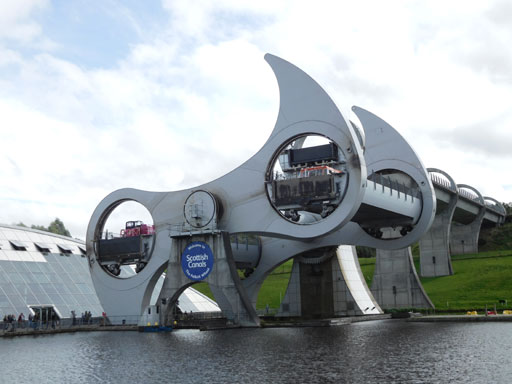
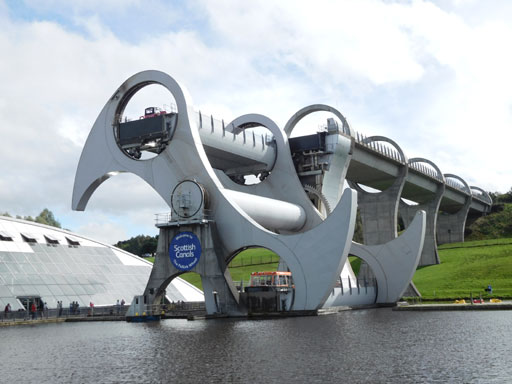
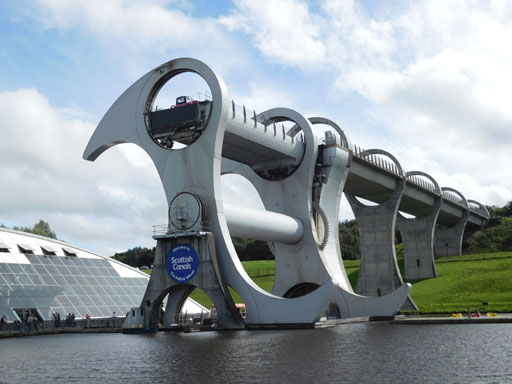
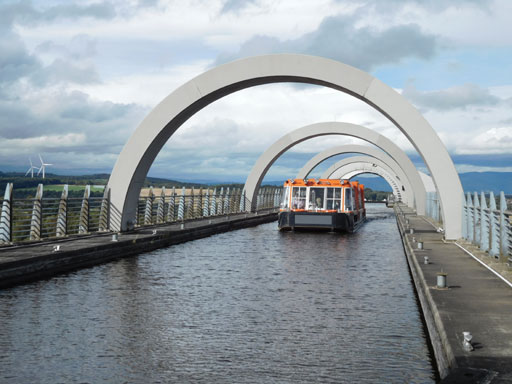
We Will Return
As our two weeks came to an end, we vowed to return, agreeing that there was still much to see and do in Edinburgh, and that this was certainly a People Friendly city. We had experienced a small taste of Scotland and found it full of charm and fascination. We also vowed that on our return we would to expand our Scottish explorations to Glasgow and the highlands, and for this our next visit will need to be longer and more comprehensive.
Click here to return to our 'Searching the World for People Friendly Cities' page
![]()